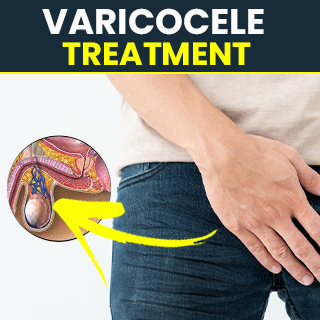A rare skin disorder called erythrodermic psoriasis results in a crimson rash covering much of your body. The rash resembles a burn and can be just as deadly because it can lead to dehydration, fever, and chills. This condition needs to be treated right away by a doctor.
Psoriasis: What is it?
When your body produces new skin cells more quickly than they shed or die, the condition known as psoriasis, a chronic skin condition, results. Cells accumulate on the skin's surface as a result. Thick, itchy skin patches with pink, red, or white scales appear on your skin. Although this illness, also known as plaque psoriasis, may be ugly, it poses no risk to your health.
An unusual kind of the disease, erythrodermic psoriasis is substantially more severe than most other subtypes. The plaques may almost completely cover your body, which could cause fatal complications.
Psoriasis on face typically affects the skin around your lips, top forehead, hairline, and eyebrows. Since the skin on your face is more delicate than, say, the skin on your elbows or knees, treating face psoriasis can be challenging.
Up to 50% of individuals with the condition elsewhere on the body are thought to also have it on their faces. Usually, the scalp is also impacted when the face is. But only having psoriasis on the face is uncommon.
What is Nail Psoriasis?
An autoimmune condition known as nail psoriasis makes your skin cells grow rapidly. It's a form of psoriasis that impacts your finger and toe nails. Psoriasis of the nails frequently coexists with psoriatic rashes on other regions of the body. More than 50% of persons with the condition and about 86% of those with psoriatic arthritis are affected by it. It;s not a fungal issue but an autoimmune disorder. Your immune system overreacts, which causes the premature growth of new skin cells.
Various symptoms include:-
Discoloration: The nail bed, or the skin under your nails, may change colour. Salmon patches or oil drop spots are these alterations, which might appear yellow, red, pink, or brown.
Pitting: Cupuliform depressions, also known as dents, may form on your nails. They can be shallow or deep, and they can be as little as the point of a pin (0.4 millimetres) or as big as the tip of a crayon (2 millimetres). Your nails may just have one or two pits, or they may have ten or more.
Nail structure changes: Beau's lines, or horizontal grooves, may appear on your nails. Your nails could get so weak that they begin to fall off. Onycholysis, the gradual separation of the thick layer of skin beneath the tip of your nail from the nail bed, can cause the growth of nail fungus.
The goal of homeopathic treatment for psoriasis is to reduce scales and halt the skin cells' fast development. Your disease’s severity and how well it has reacted to prior therapies and self-care methods will determine which homoeopathic drugs you should choose.
Before you find a homeopathic medicine that works, you might need to experiment with several psoriasis medicine or different combinations of treatments.




No comments:
Post a Comment